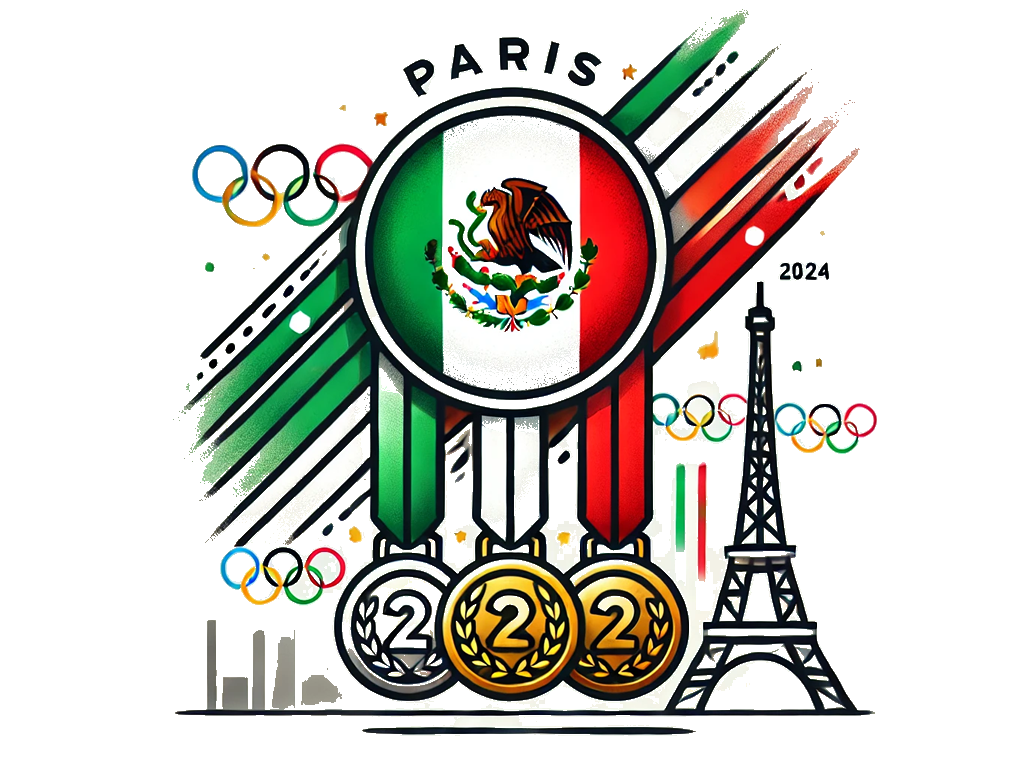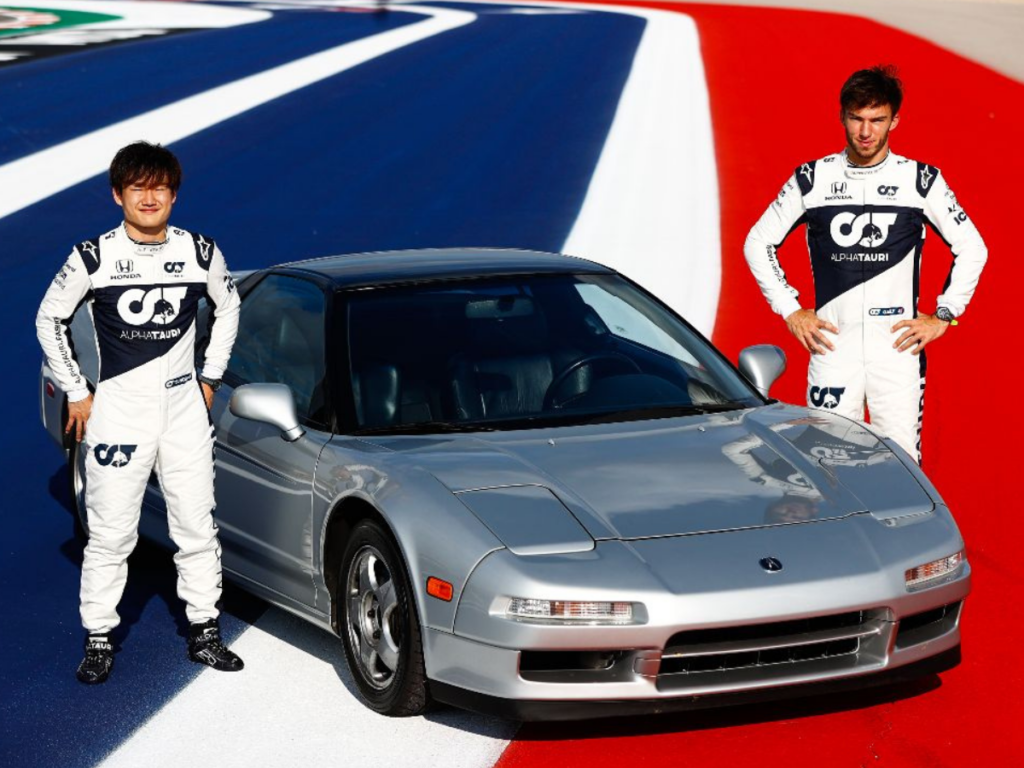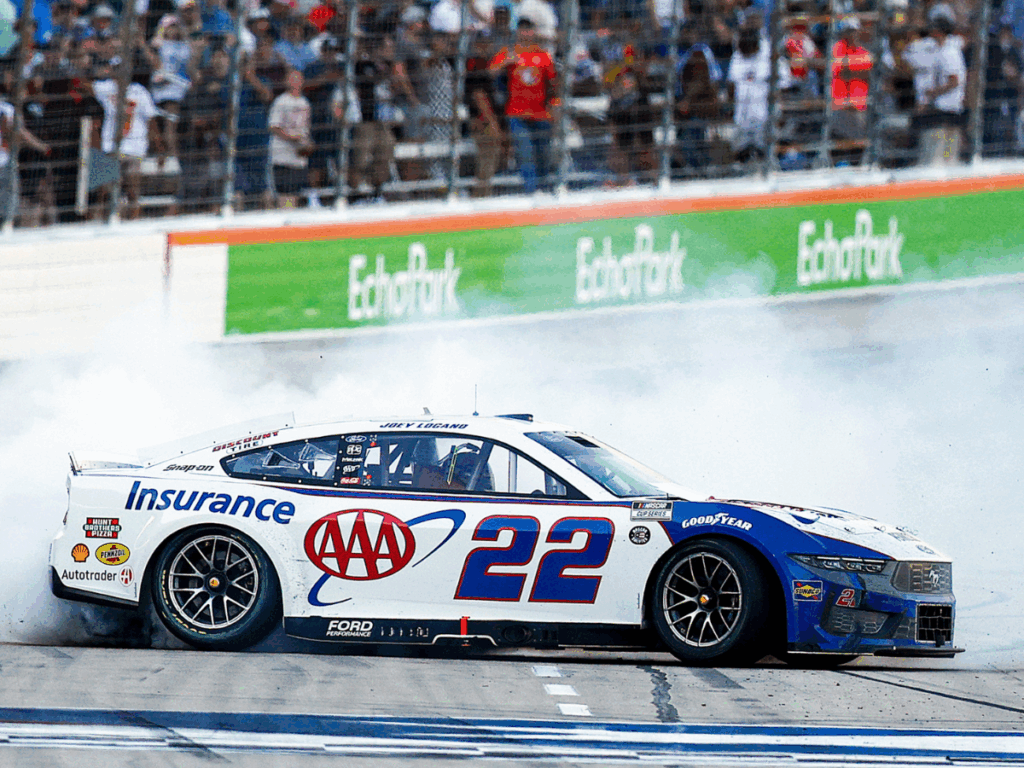💥 INSPIRATION FROM TRACK TO STREET 💥
Talking about Formula 1 means talking about technological innovation, extreme speed, and a passion for competition. However, its impact goes beyond the circuits, as many F1 manufacturers have transferred their advancements to production vehicles, creating some of the world’s most iconic sports cars. Is this always a good thing? Here we analyze the best and worst of this influence.
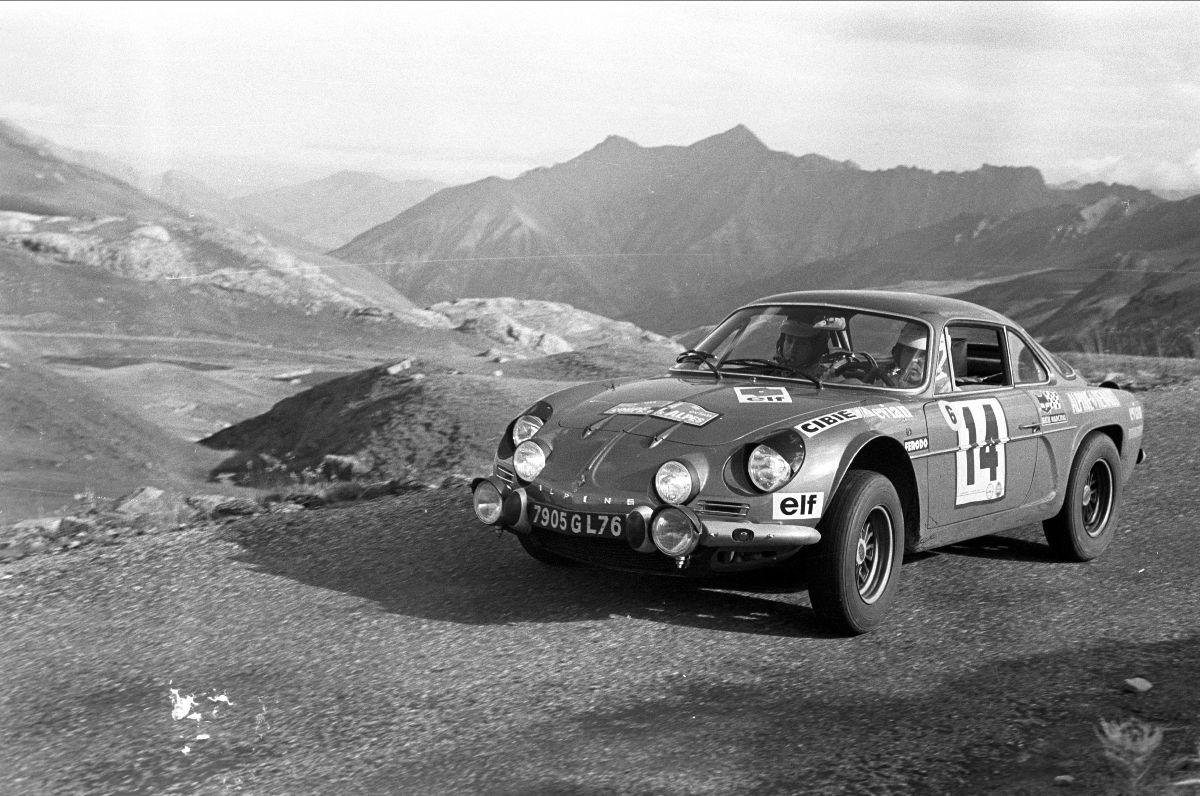
🏎️ ALPINE: THE FRENCH LEGACY 🇫🇷
The Alpine A110, unveiled in 1962 at the Paris Motor Show, became a motorsport icon. Its sleek design and rally performance proved that a compact car could conquer the world.
The good: Its racing heritage and lightweight design make it agile and fun.
The bad: Its limited production makes it an inaccessible luxury for many.

🚗 ASTON MARTIN: BRITISH ELEGANCE WITH RACING DNA 🇬🇧
The 1950 DB2 not only competed in the 24 Hours of Le Mans but also defined the style of the British brand.
The good: Timeless design and exceptional handling.
The bad: Its production was limited to 411 units, making it more of a collector’s item than an everyday car.

🏁 FERRARI: THE PRANCING HORSE THAT NEVER DISAPPOINTS 🐎
The Ferrari 250 LM, with its powerful V12 engine, is a masterpiece on wheels.
The good: Its performance and design make it a symbol of luxury and speed.
The bad: Its exclusivity (only 32 units) distances it from the general public, reinforcing the idea that Ferrari is only for a privileged few.
⚡ HONDA: JAPANESE ENGINEERING IN PURSUIT OF PERFECTION 🇯🇵
The Honda NSX, developed with the help of Ayrton Senna, redefined sports cars.
The good: Its aluminum chassis and V6 engine make it lightweight and powerful, ideal for those seeking an accessible sports car.
The bad: Its evolution has been slow compared to other manufacturers, losing some prominence in the supercar segment.
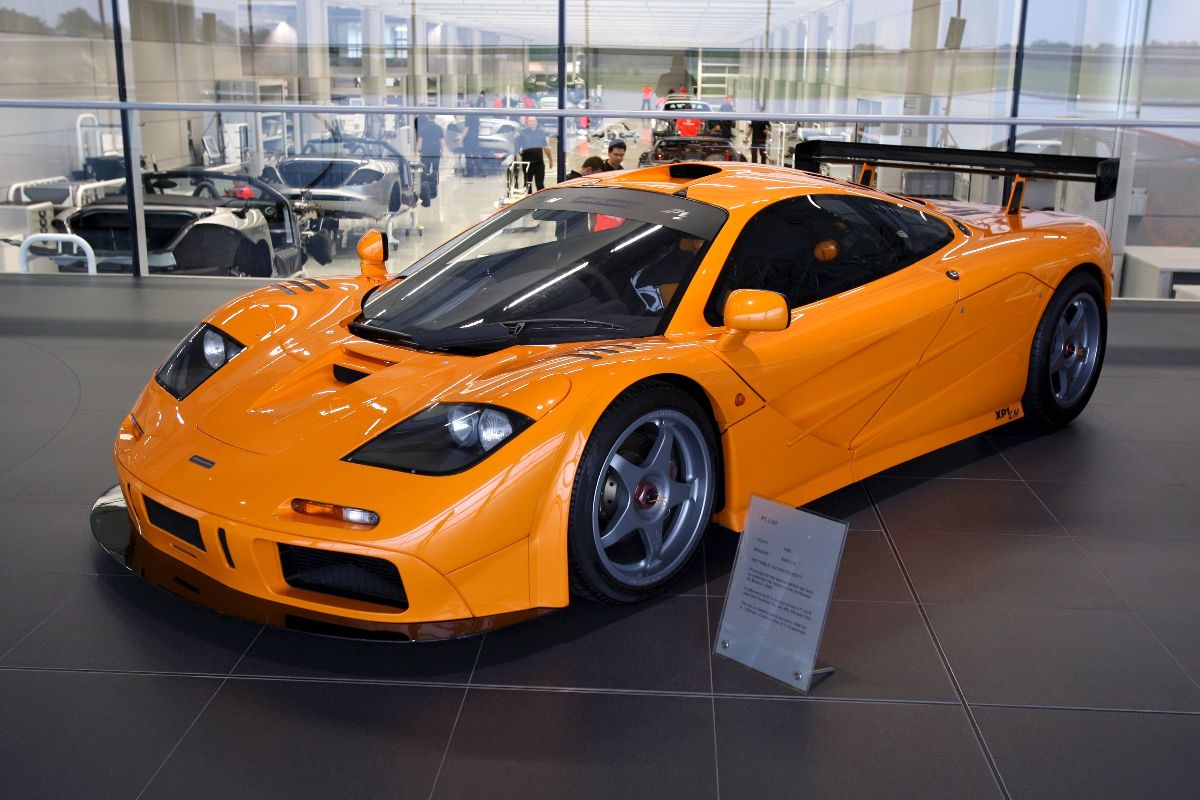
🚀 MCLAREN: UNCOMPROMISING SPEED 🏎️
The legendary McLaren F1, with its 627 HP V12 engine, was the fastest street car in the world in its time.
The good: Advanced engineering and record-breaking speed.
The bad: Its exorbitant price and maintenance challenges confine it to a very exclusive niche.
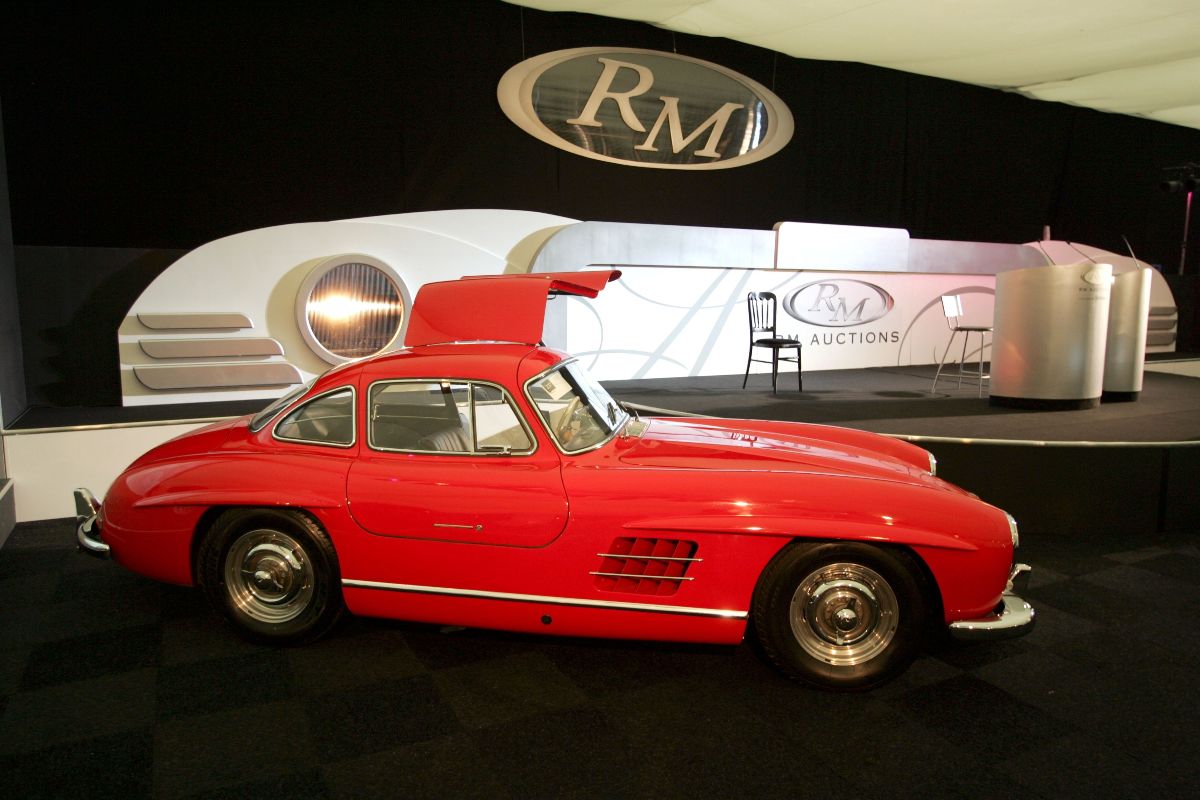
🛡️ MERCEDES-BENZ: GERMAN INNOVATION WITH GULLWING DOORS 🇩🇪
The 300 SL Gullwing revolutionized the market with its fuel injection system.
The good: Iconic design and pioneering technology.
The bad: Its focus on luxury and exclusivity limits its impact on the mass market.
🌍 BENEFIT OR EXCESS? 🌍
These models demonstrate how Formula 1 influences the design and technology of production cars.
The positive: Technology transfer improves safety and performance in commercial vehicles.
The negative: The obsession with exclusivity and luxury creates a gap between elite motorsport and the average consumer.
🔥 CONCLUSION 🔥
F1 is a testing ground for innovation, but its impact on production cars is a double-edged sword. While some models inspire and revolutionize the industry, others become unattainable symbols. Genius or excessive elitism? The answer depends on how close you are to one of these jewels on wheels. 🚗💨
